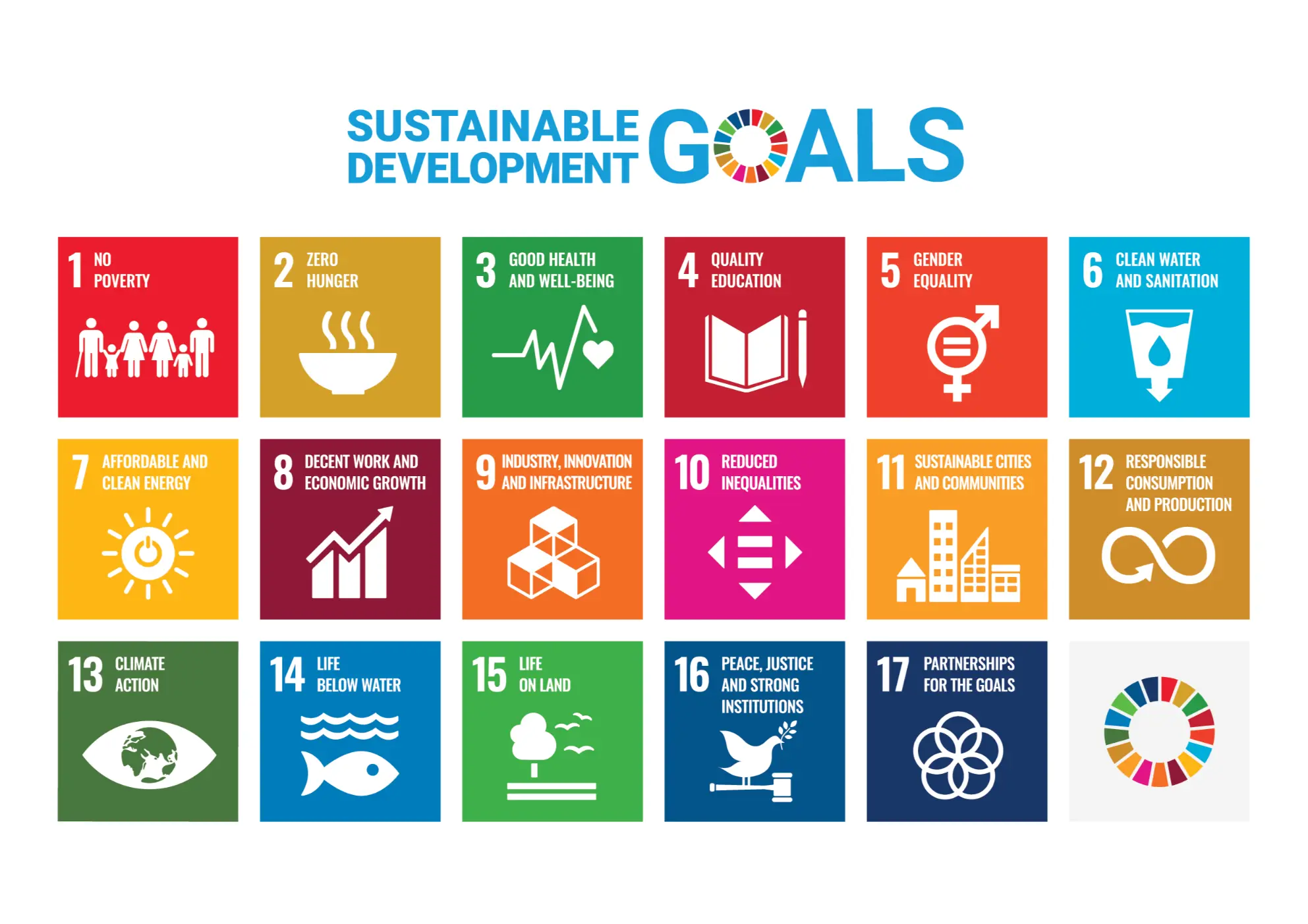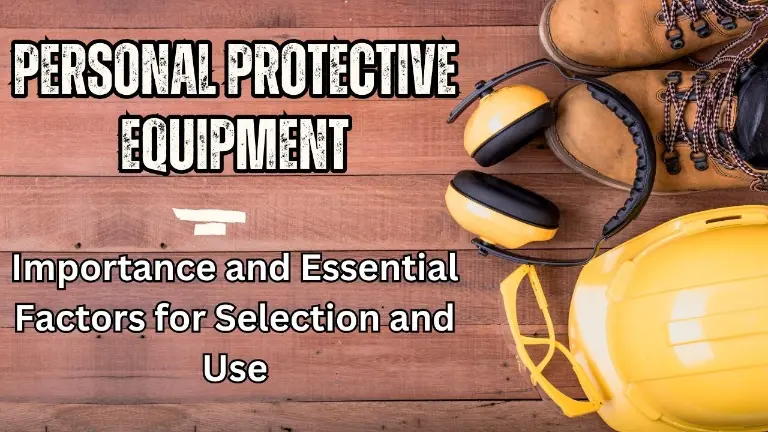Gain a clear understanding of the 17 SDGs (Sustainable Development Goals) set by the United Nations. Discover the individual goals, their specific targets, and why achieving these goals is crucial for a sustainable and equitable future for all. Learn how you can contribute to this global effort.
Understanding the 17 SDGs (Sustainable Development Goals): Goals, Targets and Why it Matters
Welcome back, everyone! In my last post, we covered the basics of the United Nations’ Sustainable Development Goals (SDGs). Now, it’s time to dive deeper into each of the 17 goals, understand their specific targets and explore how we can contribute to achieving them.
Whether you are an employer, employee, or just someone passionate about making a difference, this detailed guide will help you understand each SDG and its significance.
1. Sustainable Development Goal (SDG) no. 1: No Poverty
1.1 Goal:
End poverty in all its forms everywhere.
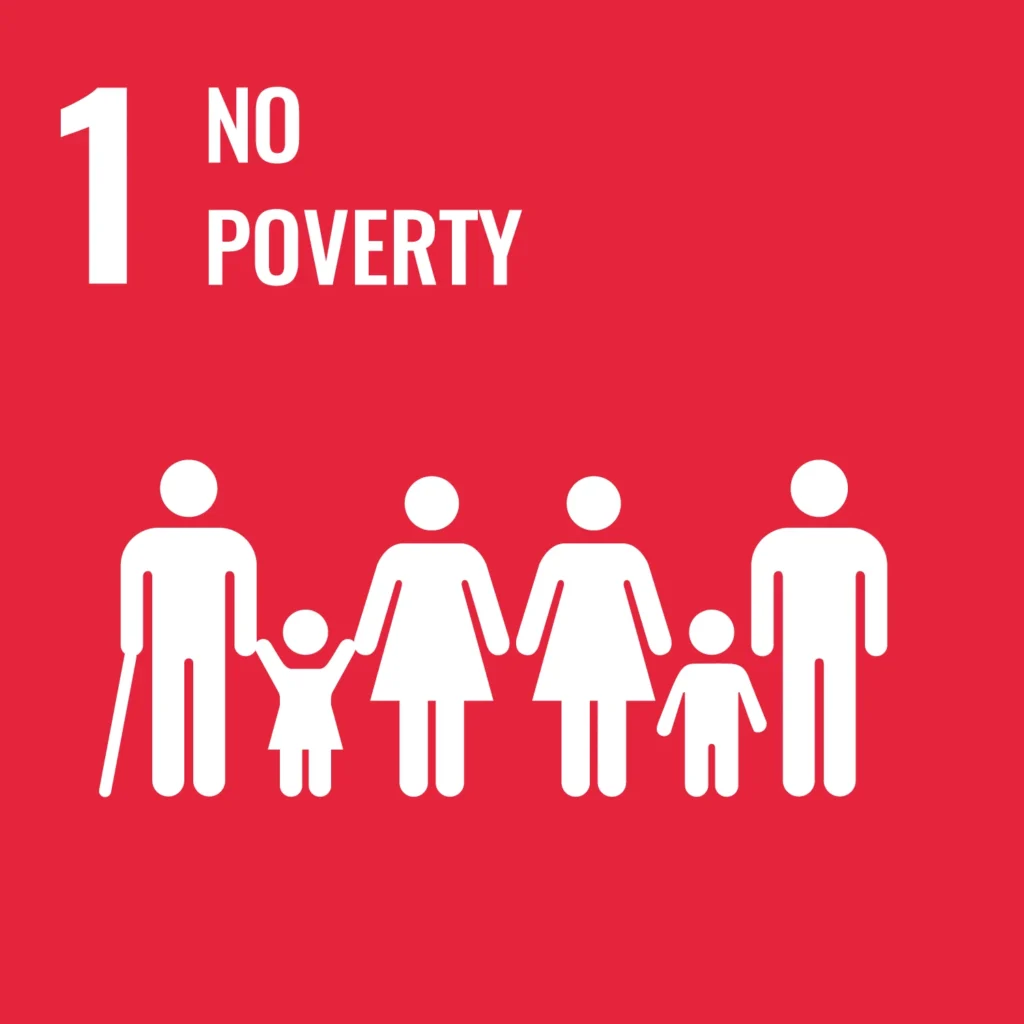
1.2 Targets:
Under this goal, there are 7 targets. This includes eradicating extreme poverty, reducing the proportion of people living in poverty, implementing social protection systems, and ensuring equal rights to economic resources.
1.3 Explanation:
This goal focuses on providing basic needs for all and creating systems to support people living in poverty, ensuring everyone can live with dignity.
1.4 Why it matters:
Poverty is a fundamental barrier to human development, leading to poor health, limited education, and social exclusion.
2. Sustainable Development Goal (SDG) no. 2: Zero Hunger
2.1 Goal:
End hunger, achieve food security, improve nutrition and promote sustainable agriculture.
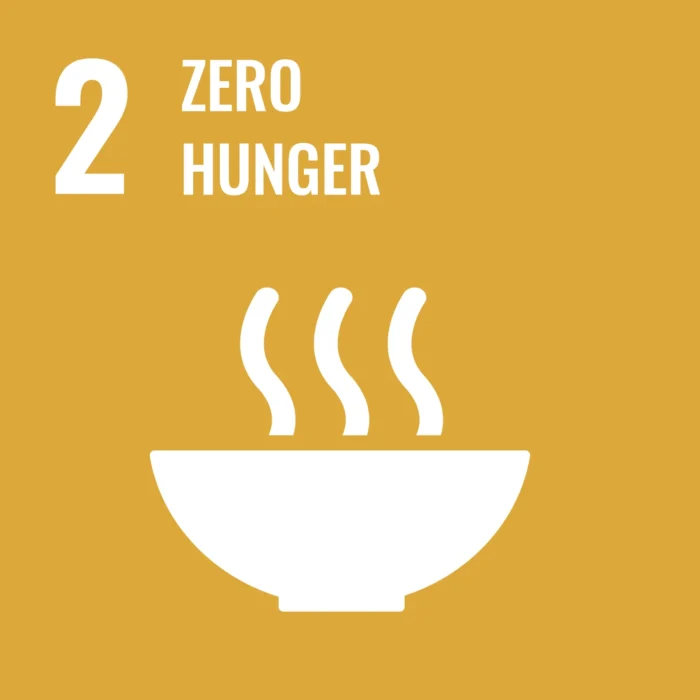
2.2 Targets:
8 targets, including ending hunger, improving food production, ensuring access to nutritious food and promoting sustainable agricultural practices.
2.3 Explanation:
Ensuring everyone has enough food and proper nutrition is critical. This goal also emphasizes sustainable farming to protect the environment.
2.4 Why it matters:
Hunger is not just about a lack of food; it’s also about malnutrition, which can have lasting effects on health and development.
3. Sustainable Development Goal (SDG) no. 3: Good Health and Well-being
3.1 Goal:
Ensure healthy lives and promote well-being for all at all ages.
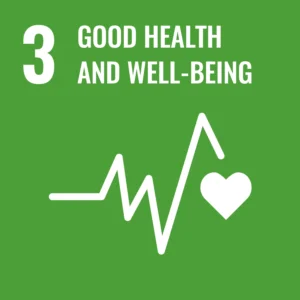
3.2 Targets:
13 targets, including reducing maternal mortality, ending epidemics of major diseases, reducing non-communicable diseases and ensuring access to healthcare services.
3.3 Explanation:
Health is a fundamental right. This goal aims to improve healthcare services and outcomes for everyone, promoting overall well-being.
3.4 Why it matters:
Good health is essential for a productive and fulfilling life. It’s also a key factor in economic development.
4. Sustainable Development Goal (SDG) no. 4: Quality Education
4.1 Goal:
Ensure inclusive and equitable quality education and promote lifelong learning opportunities for all.
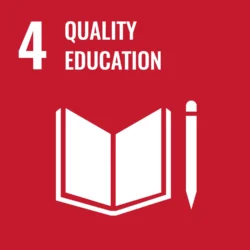
4.2 Targets:
10 targets, including ensuring all children complete primary and secondary education, eliminating gender disparities in education and promoting lifelong learning opportunities.
4.3 Explanation:
Education is the foundation for a better future. This goal ensures everyone has access to quality education, regardless of gender or socioeconomic status.
4.4 Why it matters:
Education is a powerful tool for empowerment, enabling people to escape poverty, find decent work and contribute to society.
5. Sustainable Development Goal (SDG) no. 5: Gender Equality
5.1 Goal:
Achieve gender equality and empower all women and girls.
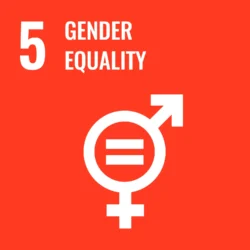
5.2 Targets:
9 targets, including ending discrimination against women and girls, eliminating violence and ensuring equal opportunities in leadership and decision-making.
5.3 Explanation:
Gender equality is essential for a just society. This goal aims to eliminate discrimination and empower women and girls.
5.4 Why it matters:
Gender equality is not just a fundamental human right; it’s also essential for sustainable development. When women and girls are empowered, societies thrive.
6. Sustainable Development Goal (SDG) no. 6: Clean Water and Sanitation
6.1 Goal:
Ensure availability and sustainable management of water and sanitation for all.
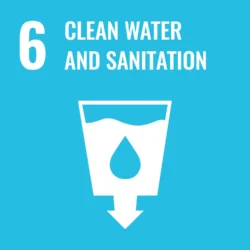
6.2 Targets:
8 targets, including achieving universal access to safe and affordable drinking water, improving water quality and implementing integrated water resources management.
6.3 Explanation:
Access to clean water and sanitation is vital for health and well-being. This goal focuses on providing these essentials to everyone.
6.4 Why it matters:
Access to clean water and sanitation is essential for health, hygiene and dignity. It’s also crucial for economic development.
7. Sustainable Development Goal (SDG) no. 7: Affordable and Clean Energy
7.1 Goal:
Ensure access to affordable, reliable, sustainable and modern energy for all.
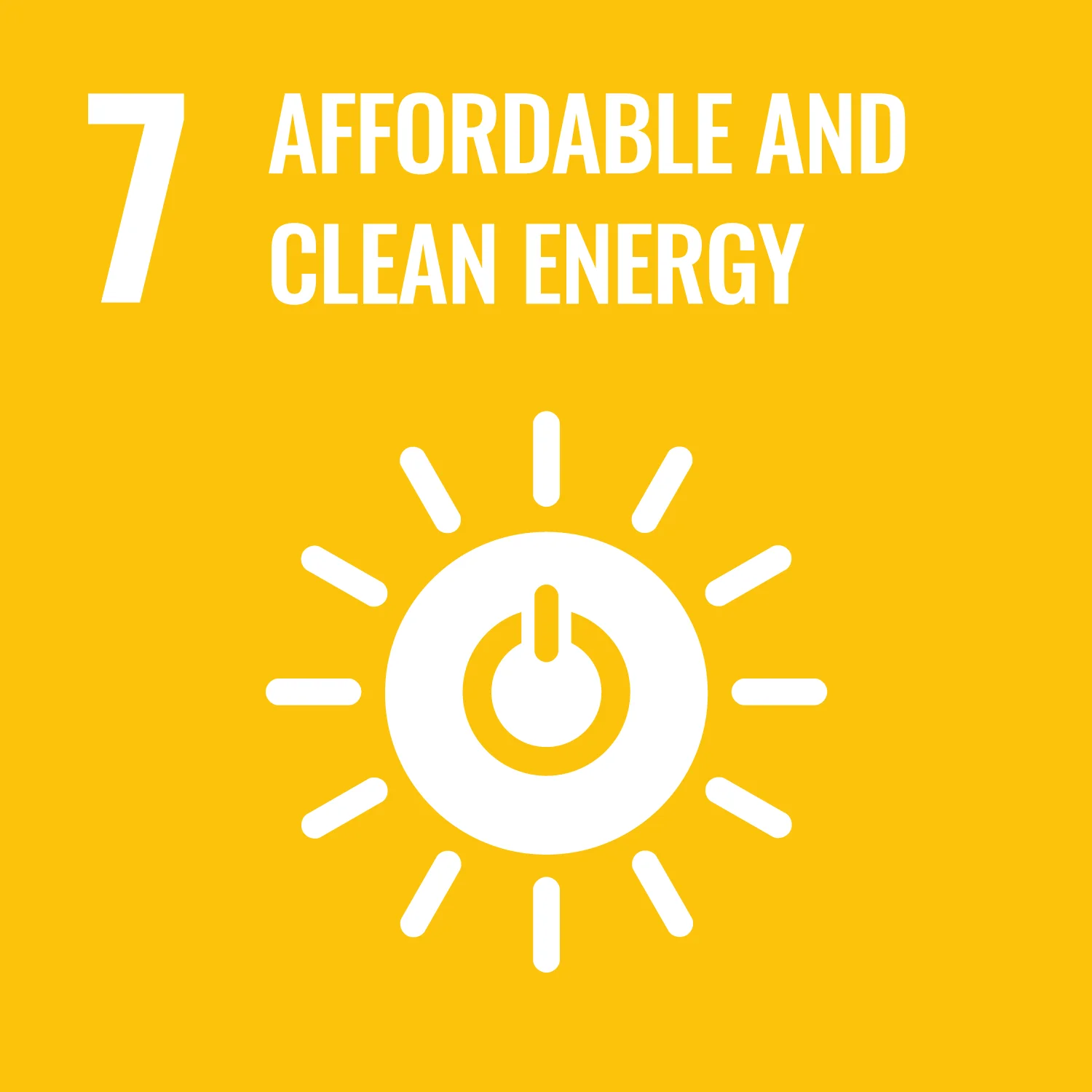
7.2 Targets:
5 targets, including ensuring universal access to modern energy services, increasing the share of renewable energy and improving energy efficiency.
7.3 Explanation:
Sustainable energy is crucial for development. This goal promotes access to clean energy sources to reduce environmental impact.
7.4 Why it matters:
Energy is essential for economic growth, education, healthcare and communication. Clean energy sources are also crucial for mitigating climate change.
8. Sustainable Development Goal (SDG) no. 8: Decent Work and Economic Growth
8.1 Goal:
Promote sustained, inclusive and sustainable economic growth, full and productive employment, and decent work for all.
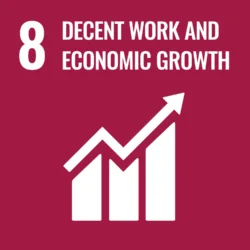
8.2 Targets:
12 targets, including promoting sustained economic growth, achieving full employment, protecting labor rights and ensuring safe working environments.
8.3 Explanation:
Economic growth and decent work opportunities improve quality of life. This goal ensures fair and safe work conditions for everyone.
8.4 Why it matters:
Decent work provides income, security, and opportunities for personal development. It’s also a key driver of economic growth and poverty reduction.
9. Sustainable Development Goal (SDG) no. 9: Industry, Innovation and Infrastructure
9.1 Goal:
Build resilient infrastructure, promote inclusive and sustainable industrialization and foster innovation.

9.2 Targets:
8 targets, including developing sustainable infrastructure, promoting inclusive industrialization and enhancing scientific research and innovation.
9.3 Explanation:
Strong infrastructure and innovation drive progress. This goal focuses on building and maintaining systems that support sustainable development.
9.4 Why it matters:
Infrastructure is the backbone of any economy. Innovation can drive economic growth and create new solutions to social and environmental challenges.
10. Sustainable Development Goal (SDG) no. 10: Reduced Inequality
10.1 Goal:
Reduce inequality within and among countries.

10.2 Targets:
10 targets, including reducing income inequality, promoting social and economic inclusion and ensuring equal opportunities.
10.3 Explanation:
Reducing inequality ensures that everyone has the chance to succeed. This goal promotes fairness and equal opportunities for all.
10.4 Why it matters:
Inequality undermines social cohesion and can lead to unrest and conflict. It also hinders economic growth and poverty reduction.
11. Sustainable Development Goal (SDG) no. 11: Sustainable Cities and Communities
11.1 Goal:
Make cities and human settlements inclusive, safe, resilient and sustainable.
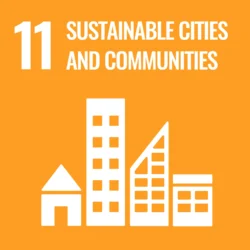
11.2 Targets:
10 targets, including ensuring access to safe housing, providing sustainable transport systems, and reducing the environmental impact of cities.
11.3 Explanation:
Sustainable cities improve quality of life. This goal aims to create urban areas that are safe, inclusive, and environmentally friendly.
11.4 Why it matters:
Cities are centers of economic activity, culture, and innovation. But they also face challenges like pollution, poverty, and overcrowding. Sustainable cities are essential for a sustainable future.
12. Sustainable Development Goal (SDG) no. 12: Responsible Consumption and Production
12.1 Goal:
Ensure sustainable consumption and production patterns.
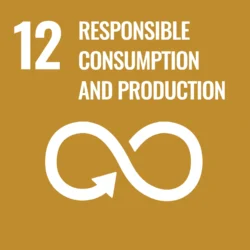
12.2 Targets:
11 targets, including achieving sustainable management and efficient use of natural resources, reducing waste generation, and promoting sustainable business practices.
12.3 Explanation:
Responsible consumption and production help conserve resources. This goal encourages sustainable practices to protect the environment.
12.4 Why it matters:
Our current consumption and production patterns are unsustainable, leading to resource depletion, pollution and climate change.
13. Sustainable Development Goal (SDG) no. 13: Climate Action
13.1 Goal:
Take urgent action to combat climate change and its impacts.

13.2 Targets:
5 targets, including strengthening resilience to climate-related hazards, integrating climate measures into policies and improving education on climate change.
13.3 Explanation:
Addressing climate change is crucial for our planet’s future. This goal focuses on reducing the impact of climate change through proactive measures.
13.4 Why it matters:
Climate change poses a serious threat to human well-being and the planet. It’s causing rising sea levels, extreme weather events and biodiversity loss.
14. Sustainable Development Goal (SDG) no. 14: Life Below Water
14.1 Goal:
Conserve and sustainably use the oceans, seas and marine resources for sustainable development.
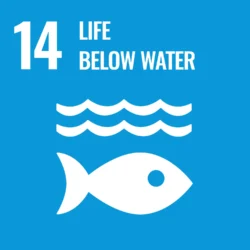
14.2 Targets:
10 targets, including reducing marine pollution, protecting marine ecosystems and regulating fishing practices.
14.3 Explanation:
Healthy oceans are vital for life on Earth. This goal aims to protect marine environments and ensure their sustainable use.
14.4 Why it matters:
Oceans play a crucial role in regulating the climate, providing food and livelihoods, and supporting biodiversity.
15. Sustainable Development Goal (SDG) no. 15: Life on Land
15.1 Goal:
Protect, restore and promote sustainable use of terrestrial ecosystems, manage forests sustainably, combat desertification and halt biodiversity loss.

15.2 Targets:
12 targets, including ensuring conservation of ecosystems, restoring degraded land and combating desertification.
15.3 Explanation:
Protecting terrestrial ecosystems is essential for biodiversity. This goal promotes sustainable land use and conservation efforts.
15.4 Why it matters:
Land provides food, water and livelihoods for billions of people. Healthy ecosystems are essential for climate regulation and biodiversity conservation.
16. Sustainable Development Goal (SDG) no. 16: Peace, Justice, and Strong Institutions
16.1 Goal:
Promote peaceful and inclusive societies for sustainable development, provide access to justice for all, and build effective, accountable and inclusive institutions.

16.2 Targets:
12 targets, including reducing violence, ensuring access to justice, and promoting transparent institutions.
16.3 Explanation:
Peace and justice are the foundations of a stable society. This goal focuses on creating fair and inclusive institutions.
16.4 Why it matters:
Peace, justice, and strong institutions are essential for sustainable development. They provide the foundation for a stable society where everyone can thrive.
17. Sustainable Development Goal (SDG) no. 17: Partnerships for the Goals
17.1 Goal:
Strengthen the means of implementation and revitalize the global partnership for sustainable development.

17.2 Targets:
19 targets, including enhancing global partnerships, mobilizing financial resources, and improving access to technology and knowledge.
17.3 Explanation:
Collaboration is key to achieving the SDGs. This goal promotes partnerships and resource sharing to support sustainable development.
17.4 Why it matters:
Achieving the SDGs requires collaboration and cooperation between governments, businesses, civil society organizations and individuals.
18. Conclusion
Understanding and working towards the 17 SDGs is crucial for creating a sustainable future. Each goal has specific targets that guide us on the path to achieving them. By aligning our actions with these goals, we can contribute to a better world for everyone.
Whether you are an employer, employee, or simply a global citizen, every step you take towards these goals makes a difference.
Stay tuned for more in-depth discussions on each goal and practical ways to contribute. Together, we can achieve the SDGs and build a sustainable future for all.
Thank you for reading, and let’s make a positive impact on our world!
Join me on Facebook, Linkedin, Youtube, WhatsApp & Telegram for the latest updates.
Click the link to read more topics on Sustainability and ESG
